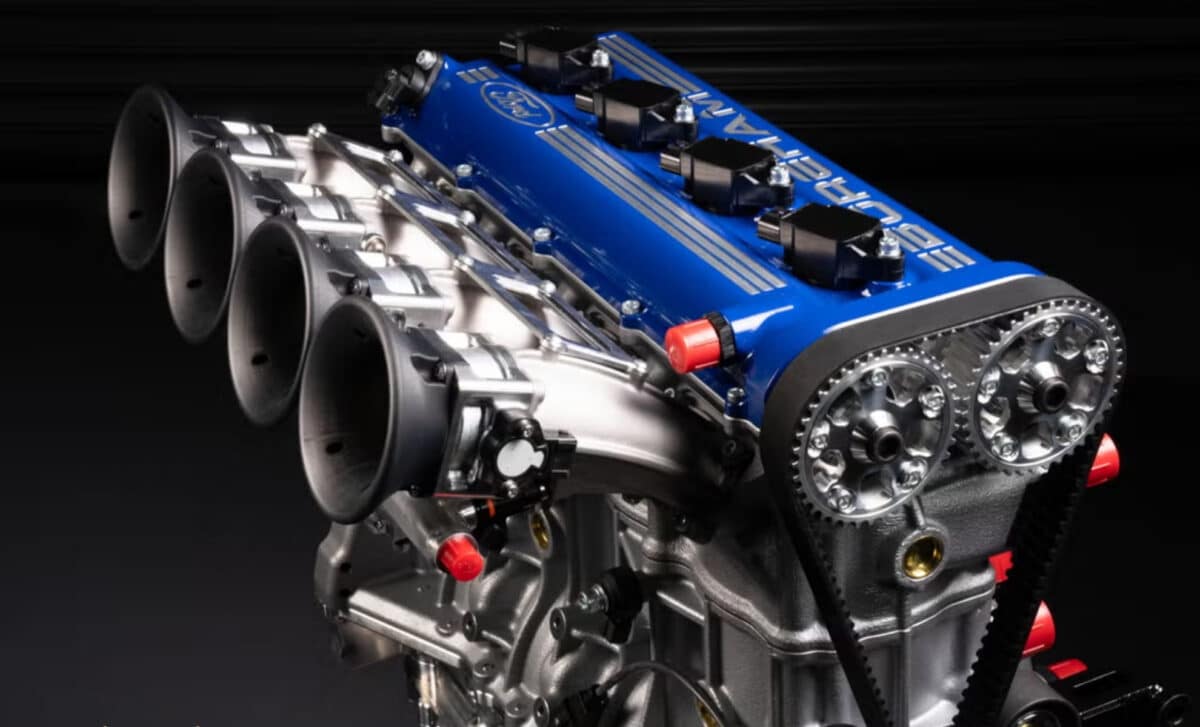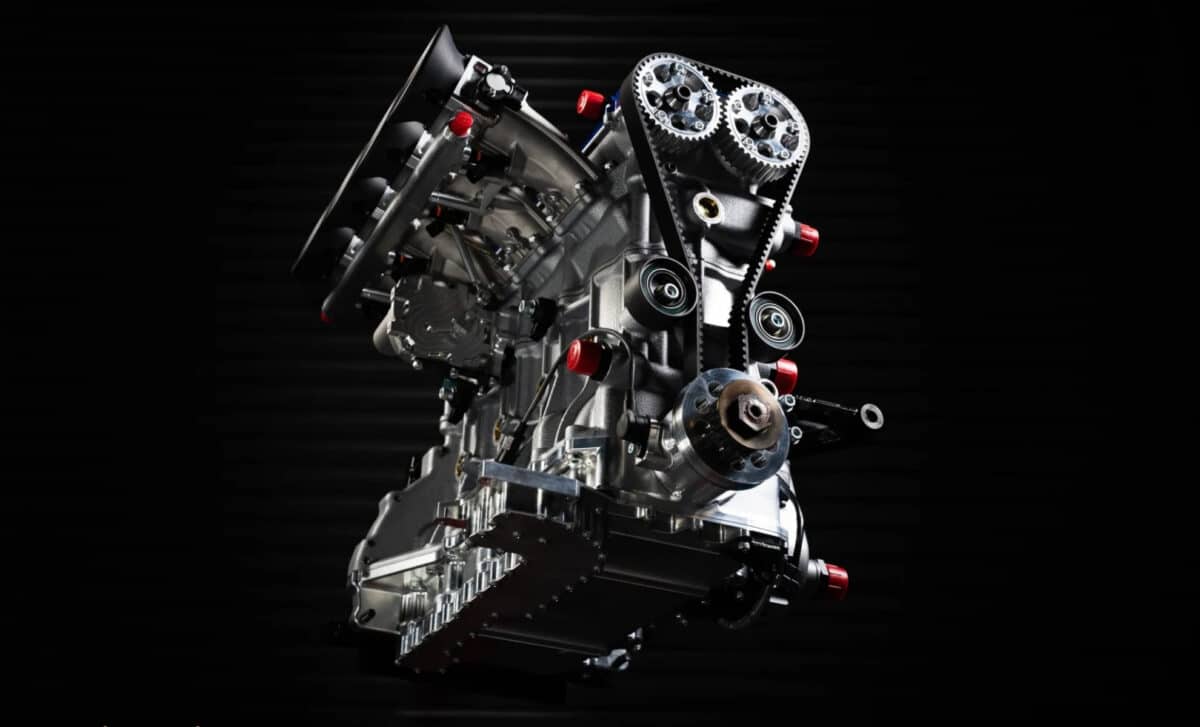The Boreham Ten-K, a naturally aspirated 2.1-liter four-cylinder, boasts a sky-high redline of 10,000 rpm and an output of 324 horsepower. Despite its impressive performance, it weighs just 187 pounds, challenging conventional expectations for road car engines.
The new engine is part of Boreham’s ambitious effort to revive the Ford Escort Mk1 RS, a car that has long held a place in motorsport history. While most automakers are shifting focus to electric propulsion, Boreham’s approach combines innovation with nostalgia, breathing new life into one of the most iconic cars of the 1960s. The result is a powerful engine that showcases both modern technology and a nod to the past, proving that internal combustion still has a place in the future of performance cars.
F1-Inspired Technology
At the heart of the Boreham Ten-K is its innovative design, which pushes the boundaries of what a small four-cylinder engine can achieve. According to Motor1, the engine features advanced gas flow technology and port geometry inspired by Formula 1 engines, helping it achieve its remarkable redline of 10,000 rpm.
This design isn’t just about high revs; it’s about maximizing efficiency and performance in a lightweight package. The engine’s four individual throttle bodies provide precise fuel and air delivery, while the use of lightweight materials in the internals—such as billet components for the crankshaft and cam cover—ensures that the engine remains agile and responsive at high revs.
Despite the high performance, Boreham has kept the engine’s weight low. At just 187 pounds, the Ten-K is lighter than many engines of similar output, making it an ideal choice for a lightweight sports car like the Escort Mk1 RS. As reported by Car and Driver, this emphasis on weight reduction, combined with advanced materials like 3D-printed castings, allows for an engine that can deliver impressive power without adding unnecessary heft.

Modern Engineering Meets Classic Performance
The Ten-K isn’t just a mechanical marvel—it’s a testament to modern engineering’s ability to blend old-school charm with cutting-edge technology. Boreham’s use of 3D printing for the engine block enables them to sculpt the engine block around the internal components, reducing weight and improving the overall rigidity of the structure. This technique is part of the company’s broader commitment to integrating the latest technology into the production of high-performance engines.
The choice of the Ford Escort Mk1 RS as the vehicle to house this engine also speaks to a strategy of blending history with innovation. The Mk1 RS, originally a racing icon, will be reintroduced with modernized engineering, creating a bridge between the classic racing car and the cutting-edge technologies of today. The 325 horsepower the engine generates will give the Mk1 RS a performance boost that would have been unthinkable in its original incarnation.

Testing and Development: Pushing the Limits
Currently undergoing dyno testing, the Ten-K has already exceeded its initial performance goals, with both power and rev limits surpassing early targets. Boreham is confident that the engine will continue to evolve, pushing the boundaries of what a four-cylinder can achieve.
With testing still in progress, the company expects further performance improvements, potentially setting new benchmarks for high-performance engines in its category.









